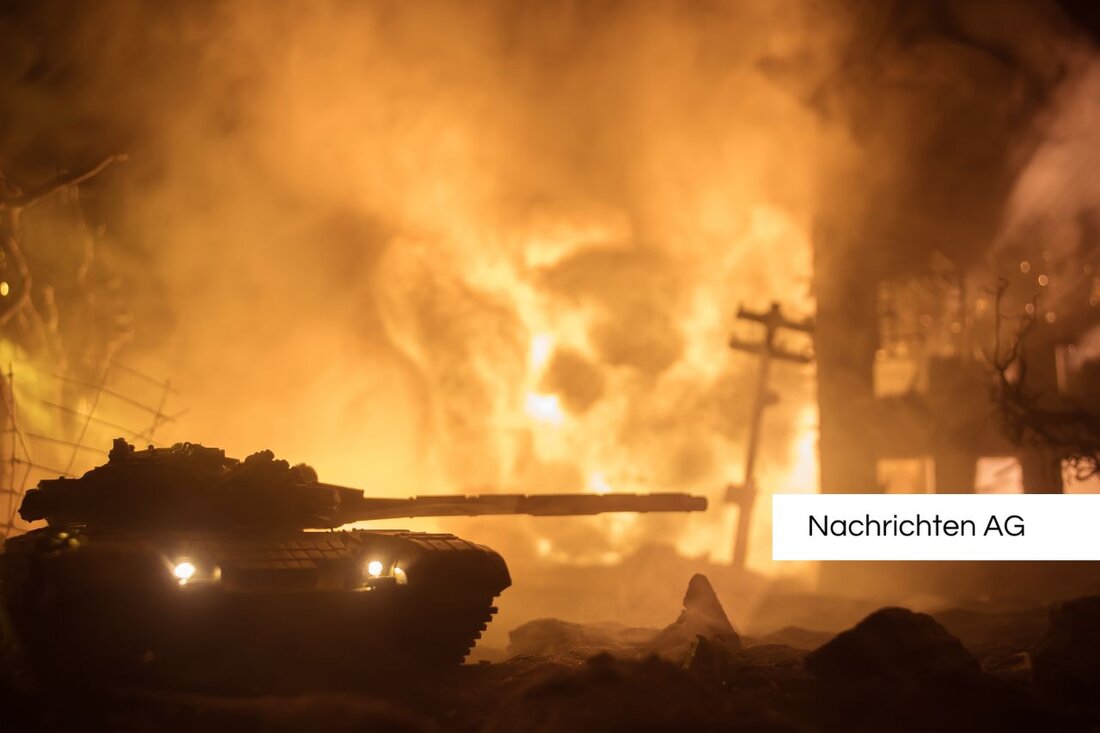Work of the devil or sign of peace? 100 years of the War Memorial Chapel!
On September 8, 2025, a celebratory service to mark the 100th anniversary of the War Memorial Chapel in Lienz took place, led by Bishop Glettler, who emphasized peace and reconciliation.

Work of the devil or sign of peace? 100 years of the War Memorial Chapel!
On September 10, 2025, a celebratory service took place to mark the 100th anniversary of the War Memorial Chapel in Lienz. This chapel, inaugurated on September 8, 1925, was designed by the Austrian painter Albin Egger-Lienz and is an important masterpiece of Austrian sacred art. Innsbruck Bishop Hermann Glettler, who gave the ceremonial address, criticized the acceptance of arms buildup and called for peace and reconciliation in today's geopolitical situation, especially in the context of the Ukraine war. “Swords become plowshares and they no longer learn war,” emphasized Glettler in his appeal for more investment in people’s “peacemaking skills.” Dolomitenstadt reports that....
Despite the significant reasons behind the celebration, the event attracted fewer visitors than expected. In addition to Bishop Glettler, community representatives and mayors from the surrounding communities were also present, but key political figures such as district captain Bettina Heinricher and mayor Elisabeth Blanik were missing, both of whom were excused due to their presence at the World Expo in Osaka. The Federal President also apologized in writing and sent the state governor Herwig van Staa, who is also chairman of the Tyrol State Memorial Foundation. Katholisch.at reports from….
Insights into the chapel
The frescoed works in the chapel depict war and suffering, but forego a heroic transfiguration of the theme and instead represent the honesty of human suffering. Glettler described the chapel as a cultural landmark of East Tyrol and pointed out the fragility of the political situation at the time of its consecration. These circumstances led to controversy at the time and a Roman interdict over the chapel.
In his ceremonial address, Bishop Glettler called the interdict “the work of the devil” and spoke out against the acceptance of wars and rearmament. In order to clearly underline the topic, two children from the Lienz Nord elementary school performed a role play that referred to the art scandal surrounding the chapel's pictures. The role play addressed the questioning perspective of why Albin Egger-Lienz's pictures are judged differently than those at school.
Connections and reflections
In a broader context and within the peace movement, the pursuit of peace and reconciliation remains a central concern. Reflections on past conflicts, such as an author's grandmother's experiences in the world wars, illustrate the long-term effects of war on generations. Today, activists and organizations that advocate for peace are taking a clear stance against rearmament - a topic that Bishop Glettler also took up in his speech. SRF reports on....
Current peace movements, led by personalities like Lea Suter, emphasize the importance of communication for peace and emphasize that the challenges of today's violence and war must be overcome not only militarily, but also through dialogue and understanding. So the hope for peace remains strong and unbroken, even in times of uncertainty.

 Suche
Suche
 Mein Konto
Mein Konto
